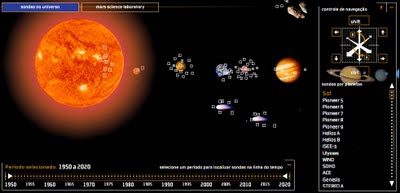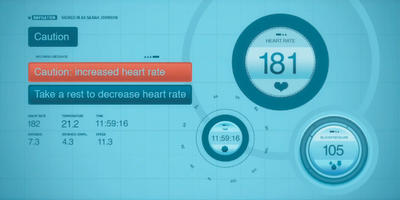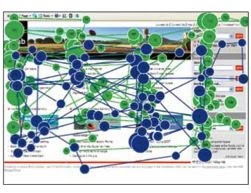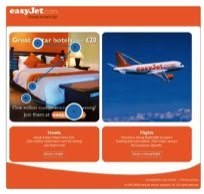Send your own Augmented Reality Christmas Cards!
Merry Christmas from Cool Infographics!
What better way to share your Christmas wishes than with augmented reality?!? You can send your own AR Christmas cards courtesy of arwishes.com. You can choose from an assortment of animated images that will appear on screen when you friends and family hold up your Christmas card in front of their computer's webcam.
The cards are printed with the marker, disguised as a holiday image. In this case, the marker is obviously the Christmas Tree.
A number of companies did this last year, sending out cards with an AR marker printed as part of the card, and a number of them are still online. You can also print out a card from the sites to see the image yourself. There will probably be a few more this holiday season as well, but here are some videos from last year's AR cards and links to sites if you want to experience them yourself.
Special Moves Augmented Reality Xmas Card from Iain Tait on Vimeo.
Tellart 2008 Holiday Card from Tellart on Vimeo.
There's even a video of sending your own AR Christmas Cookies!









 Randy
Randy














